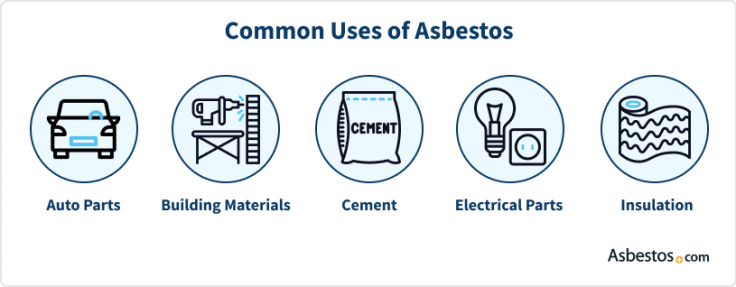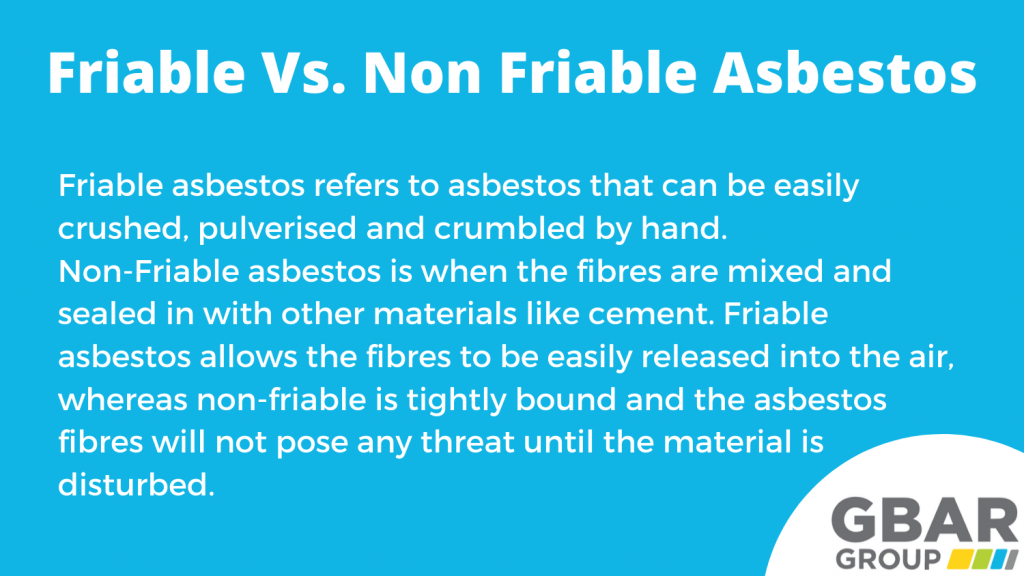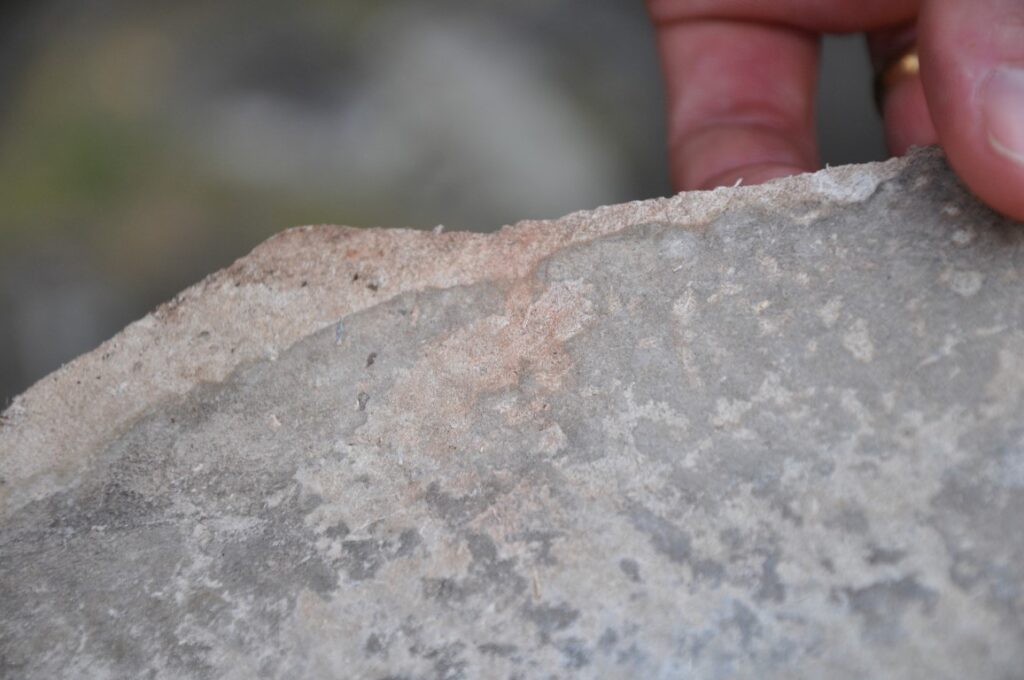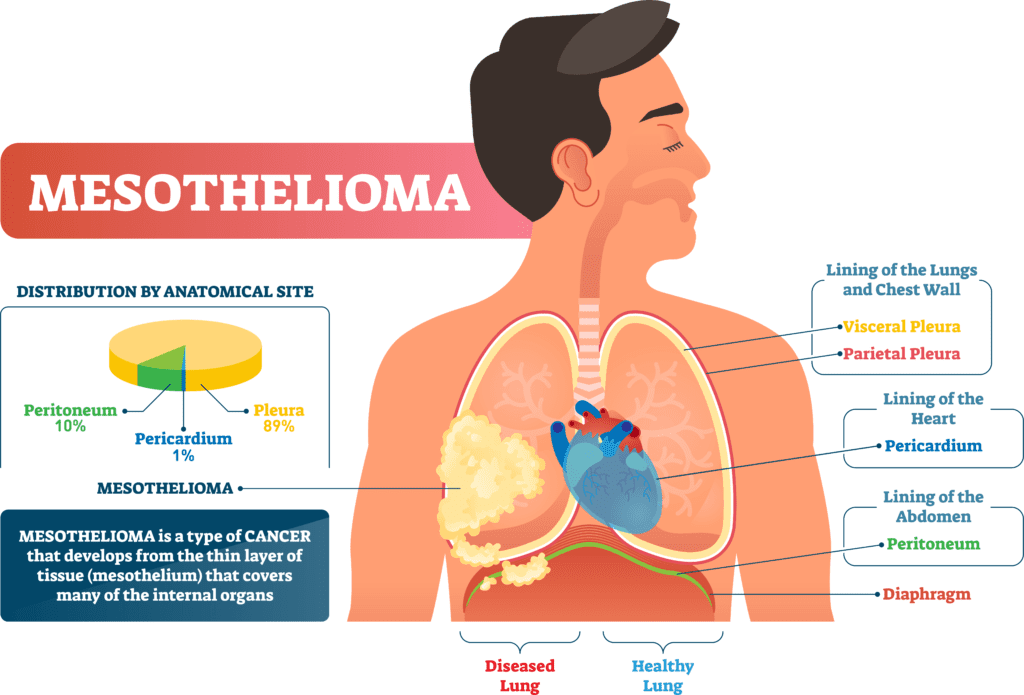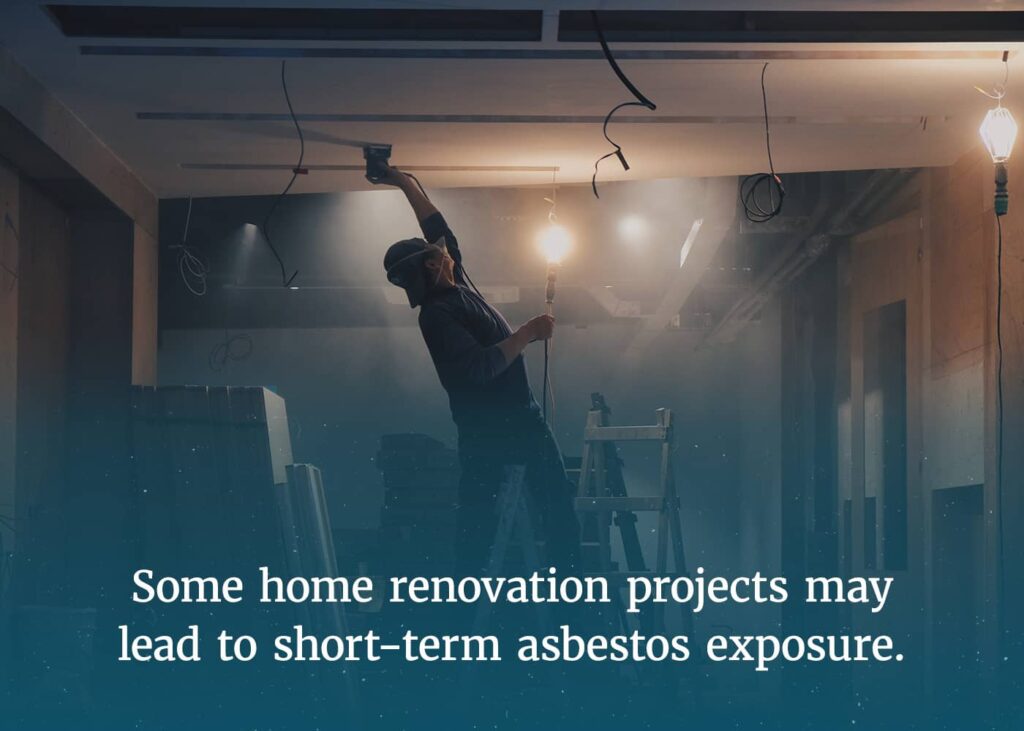Asbestos, a naturally occurring mineral fiber, has been used in various industries for its heat-resistant properties. However, recent discoveries about its harmful effects on human health have raised concerns about its prevalence. In this article, we will explore the commonness of asbestos, shedding light on its presence in different materials and environments. By understanding the extent of its use and exposure, we can better protect ourselves and make informed decisions regarding its presence in our surroundings.
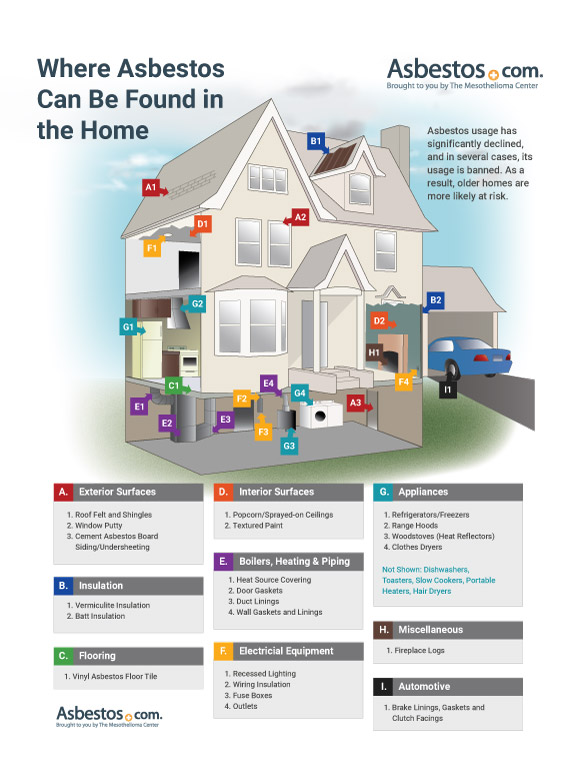

Industrial Use of Asbestos
Historical background
Asbestos has been used for centuries due to its natural fire-resistant properties and its ability to withstand high temperatures. Its use became more prevalent during the Industrial Revolution in the 19th century, as advances in manufacturing and construction techniques increased the demand for materials that were durable and resistant to heat and chemicals. Asbestos was extensively used in various industries during the 20th century, ranging from construction and automotive to shipbuilding and manufacturing.
Applications in various industries
Asbestos found its way into numerous industrial applications due to its versatility. In the construction industry, it was commonly used in roofing materials, insulation products, flooring materials, cement products, and pipes and ducts. The automotive industry utilized asbestos in brake pads and linings, while manufacturers employed it in the production of textiles, cement sheets, and gaskets. Asbestos was also widely used in shipbuilding for insulation and fireproofing purposes.
Asbestos-related risks in industrial settings
While asbestos offered many benefits to industrial applications, it also posed significant health risks to workers exposed to its fibers. Inhalation of asbestos fibers can lead to serious health conditions such as lung cancer, mesothelioma, and asbestosis. The high prevalence of asbestos in industrial settings resulted in extensive occupational exposure, particularly in industries such as construction, manufacturing, energy, and shipbuilding. Despite the known risks, proper safety measures and awareness were often lacking, leading to long-term health consequences for workers.
Asbestos in Construction Materials
Roofing materials
Asbestos was widely used in roofing materials for its fireproofing and durability. Asbestos cement roofing sheets and shingles were common, providing protection against fire, weathering, and corrosion. These materials were popular in both residential and commercial construction, especially during the mid-20th century. However, with growing awareness of the health risks associated with asbestos, these materials have been largely phased out and replaced with safer alternatives.
Insulation products
Insulation products containing asbestos were prevalent in buildings constructed prior to the 1980s. Asbestos insulation was highly effective in preventing heat transfer and was commonly used in attics, walls, and around HVAC systems. Spray-applied asbestos insulation, specifically known as “popcorn” or “cottage cheese” ceiling texture, was a popular choice for soundproofing and thermal insulation. However, due to the potential for asbestos fiber release, the use of asbestos insulation has been strictly regulated in many countries.
Flooring materials
Asbestos-containing flooring materials were widely used for their durability and resistance to heat and moisture. Vinyl asbestos tiles (VAT) and sheet flooring were common in both residential and commercial buildings. These products were lauded for their affordability and resistance to wear and tear. However, due to the health risks associated with asbestos, the use of asbestos-containing flooring materials has significantly decreased, with non-asbestos alternatives becoming more prevalent.
Cement products
Asbestos was extensively used in cement products, such as asbestos cement pipes, corrugated sheets, and flat sheets. Asbestos cement offered excellent durability, fire resistance, and insulation properties. These products were commonly used in water supply and drainage systems, roofing, and siding. However, with the increased knowledge of asbestos-related health risks, the use of asbestos cement products has diminished, and safer alternatives are now widely available.
Pipes and ducts
Asbestos-containing pipes and ducts were commonly used in the construction of residential, commercial, and industrial buildings. These pipes and ducts provided insulation and fire resistance, making them popular in plumbing and HVAC systems. However, over time, as the health risks associated with asbestos exposure became known, regulations were put in place to limit its use. Asbestos-containing pipes and ducts are now considered hazardous, and their removal is often necessary for the safety of building occupants.
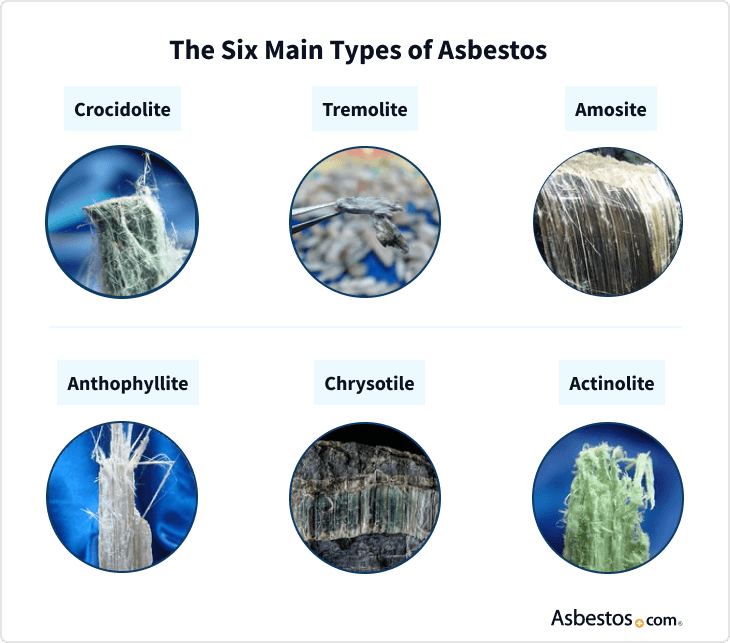

Presence of Asbestos in Buildings
Residential structures
Asbestos was extensively used in the construction of residential structures throughout the 20th century. Many homes built before the 1980s contain asbestos-containing materials, particularly in insulation, roofing, flooring, and siding. Homeowners should be aware of the potential presence of asbestos and take necessary precautions when renovating or demolishing older properties. Asbestos inspections and testing can help determine the presence of asbestos and guide safe removal procedures if necessary.
Commercial buildings
Commercial buildings, including offices, retail spaces, and industrial facilities, are also likely to contain asbestos-containing materials. Asbestos was commonly used in these structures due to its fire-resistant properties and durability. Asbestos-containing materials can be found in various components, including insulation, flooring, roofing, and piping. Maintenance and renovation activities in commercial buildings should follow proper asbestos management protocols to minimize the risk of exposure.
Government facilities
Government buildings constructed before the 1980s often contain asbestos-containing materials. This includes public schools, government offices, military installations, and hospitals. Asbestos-containing materials can be found in insulation, flooring, ceiling tiles, pipes, and other building components. Government entities have a responsibility to prioritize the safety of employees and visitors by implementing asbestos management plans, conducting regular inspections, and following proper removal procedures when necessary.
Schools and universities
Schools and universities built before the 1980s may still have asbestos-containing materials present. These materials can be found in various areas, such as insulation, ceiling tiles, flooring, and piping. The presence of asbestos in educational buildings poses a potential health risk to students, teachers, and staff. To ensure the safety of the learning environment, asbestos management programs should be implemented, including regular inspections, proper maintenance, and safe removal procedures.
Hospitals and healthcare facilities
Asbestos was commonly used in the construction of hospitals and healthcare facilities due to its fire-resistant properties and durability. Materials such as insulation, flooring, ceiling tiles, and pipes may contain asbestos. Unfortunately, these facilities are at a higher risk of asbestos exposure, as disturbed asbestos fibers can circulate through ventilation systems and pose a threat to patients, healthcare workers, and visitors. Strict asbestos management protocols must be in place to protect the health and safety of all individuals within these facilities.
Asbestos in Natural Environment
Asbestos deposits worldwide
Asbestos can be found naturally in various locations around the world. Significant asbestos deposits exist in countries like Russia, Canada, Kazakhstan, China, Brazil, and South Africa. These deposits have played a substantial role in the global production and export of asbestos-containing materials. The presence of natural asbestos deposits also raises concerns for nearby communities and the risk of environmental contamination and exposure.
Geological origins of asbestos
Asbestos is a naturally occurring mineral composed of fibrous silicate minerals. It is formed from the metamorphosis of magnesium-rich rocks, such as serpentinite or ultramafic rocks. The geological processes involved in the formation of asbestos have occurred over millions of years, resulting in the development of materials with unique physical properties. The fibrous nature of asbestos, along with its resistance to heat and chemicals, made it appealing for various industrial purposes.
Fibrous minerals similar to asbestos
Several fibrous minerals share similarities with asbestos, both in terms of appearance and chemical composition. These minerals, known as asbestos analogs or “asbestiform” minerals, include erionite, tremolite, actinolite, and anthophyllite. Although these minerals may possess asbestos-like characteristics, their potential health risks and regulations may differ from true asbestos fibers. Nevertheless, the presence of these minerals in the natural environment can contribute to potential exposure risks and should be taken into consideration.


Occupational Exposure to Asbestos
Industries with high asbestos exposure risk
Certain industries have historically posed a higher risk of asbestos exposure due to the widespread use of asbestos-containing materials. Construction workers, including carpenters, insulators, plumbers, and electricians, are particularly vulnerable to asbestos exposure. Industrial workers in manufacturing, shipbuilding, power generation, and automotive industries also face significant exposure risks. Additionally, miners and those involved in asbestos mining and processing faced direct exposure to asbestos fibers.
Occupations with potential asbestos exposure
Beyond specific industries, numerous occupations have the potential for asbestos exposure. Firefighters, for instance, may encounter asbestos-containing materials during firefighting and rescue operations. Maintenance workers, demolition crews, and renovation contractors are at risk when working on older buildings that may contain asbestos. Even teachers, nurses, and other professionals working in asbestos-containing buildings may be indirectly exposed to asbestos through deterioration or improper maintenance of materials.
Hazards for workers without direct asbestos contact
Workers who don’t directly handle asbestos-containing materials can still face hazards due to secondary exposure. For example, family members of workers who unknowingly transport asbestos fibers on their clothing can be exposed to asbestos at home. Additionally, employees working near asbestos-related activities or in poorly ventilated areas may be exposed to airborne asbestos fibers. Proper workplace safety measures, such as personal protective equipment and ventilation systems, are crucial for protecting workers from asbestos exposure.
Asbestos in Consumer Products
Auto parts and brakes
Asbestos was historically used in the production of auto parts due to its resistance to heat and friction. Brake pads and linings often contained asbestos fibers for their ability to withstand high temperatures generated during braking. However, the use of asbestos in automotive applications has significantly decreased. Modern brake pads now use safer materials, such as organic compounds and synthetic fibers, to minimize the risk of asbestos exposure.
Cosmetics and personal care products
Asbestos contamination in cosmetics and personal care products has been a concern in recent years. Talc, a mineral commonly used in powders, cosmetics, and personal care products, can naturally occur alongside asbestos. Improper mining and processing of talc can result in asbestos contamination, posing health risks to consumers. Regulatory bodies closely monitor talc-based products to ensure they meet safety standards and do not contain asbestos.
Household appliances and equipment
In the past, asbestos-containing materials were used in household appliances and equipment for their insulation and heat resistance properties. Products such as toasters, hairdryers, ovens, and ironing boards may have contained asbestos insulation. However, stringent regulations and increased awareness have led manufacturers to develop asbestos-free alternatives, ensuring the safety of consumers.
Clothing and textiles
Asbestos was once used in the textile industry due to its fire-resistant properties. Clothing, particularly fire-resistant workwear, may have contained asbestos fibers. However, the use of asbestos in textiles has significantly declined due to health concerns. Modern protective clothing is now manufactured using alternative materials that offer flame resistance without the risk of asbestos exposure.
Toys and recreational products
Asbestos was occasionally used in the production of toys and recreational products, particularly those that involved heat or fire, such as oven mitts, ironing board covers, and fire-resistant equipment. However, regulatory standards and increased safety awareness have led to the removal of asbestos from these products. Stringent testing and quality control measures ensure that toys and recreational products are safe for use and do not pose a risk of asbestos exposure.


Asbestos Bans and Regulations
Global asbestos bans
Several countries have implemented bans and restrictions on asbestos due to the associated health risks. Examples of countries with comprehensive asbestos bans include Australia, Japan, France, Germany, and the United Kingdom. These countries have strict regulations in place to prevent the use, import, and export of asbestos-containing materials, protecting their populations from potential asbestos-related diseases.
National regulations and restrictions
Many countries have established national regulations and restrictions regarding the use of asbestos-containing materials. These regulations often include guidelines for asbestos handling, removal procedures, personal protective equipment, and disposal requirements. Regulatory agencies work closely with industries to ensure compliance with these guidelines and monitor workplace conditions to minimize the risk of asbestos exposure.
Challenges and loopholes in regulation
Despite the progress made in asbestos regulation, challenges remain. Some countries still allow limited use or importation of asbestos-containing materials, particularly if no viable alternatives are readily available. Additionally, the long latency period of asbestos-related diseases presents challenges in connecting exposure to specific sources and taking timely action. Education and enforcement of asbestos regulations continue to be vital in order to protect public health and prevent future exposure.
Asbestos-Related Diseases
Lung cancer
Asbestos exposure is a known cause of lung cancer. Inhalation of asbestos fibers can lead to the development of lung tumors over time. This risk is further increased in individuals who smoke as the combination of smoking and asbestos exposure greatly magnifies the chances of developing lung cancer. Symptoms of asbestos-related lung cancer may include persistent coughing, shortness of breath, chest pain, and weight loss. Early detection and cessation of exposure are critical for managing and treating asbestos-related lung cancer.
Mesothelioma
Mesothelioma is a rare and aggressive cancer that primarily affects the lining of the lungs, abdomen, or heart. It is almost exclusively caused by asbestos exposure, often occurring decades after initial exposure. Mesothelioma has a poor prognosis, and treatment options are limited. Common symptoms include chest pain, difficulty breathing, coughing, and weight loss. Early detection is crucial for improving outcomes, but prevention through asbestos elimination remains the most effective approach.
Asbestosis
Asbestosis is a chronic lung disease caused by the inhalation of asbestos fibers over an extended period. The fibers cause scarring and inflammation in the lungs, leading to breathing difficulties and reduced lung function. Symptoms include shortness of breath, persistent coughing, chest pain, and finger clubbing. Asbestosis is irreversible, and its progression can lead to severe respiratory impairment. Prevention through the elimination of asbestos exposure is vital in preventing the development of asbestosis.


Asbestos Removal and Abatement
Legal requirements for asbestos removal
The safe removal of asbestos is subject to strict legal requirements in many countries. Trained and licensed professionals must conduct asbestos removal, adhering to specific guidelines and regulations. This includes the proper containment, handling, and disposal of asbestos-containing materials. Regular inspections and air monitoring are often conducted during and after the removal process to ensure the safety of workers and building occupants.
Safe removal procedures and techniques
Various safe removal procedures and techniques exist to minimize the release of asbestos fibers during the removal process. These procedures typically involve wetting the asbestos-containing materials to prevent the fibers from becoming airborne, using proper personal protective equipment (PPE), and carefully dismantling and disposing of the materials in sealed containers. By following these established procedures, the risks of asbestos exposure can be effectively mitigated.
Disposal and waste management
The disposal of asbestos-containing materials requires special consideration and should be carried out in accordance with local regulations. Asbestos waste must be properly sealed, labeled, and transported to authorized disposal facilities capable of handling hazardous materials. Landfills designed specifically for asbestos disposal are equipped with the necessary containment measures to prevent the release of fibers into the environment. Proper waste management is crucial to preventing further asbestos exposure and contamination.
Current Trends and Future Outlook
Decreasing asbestos use
There has been a significant decrease in the use of asbestos over the years due to the growing awareness of its health risks. Many countries have implemented bans and restrictions, leading to a decline in the import, export, and production of asbestos-containing materials. Safer alternatives and stricter regulations in various industries have contributed to reducing asbestos-related risks. However, asbestos still remains present in older structures and materials, requiring ongoing vigilance and proper management.
Emerging asbestos-related issues
While the use of asbestos has significantly decreased, emerging asbestos-related issues continue to arise. Asbestos-containing materials in older buildings may deteriorate over time, leading to the release of asbestos fibers. Natural disasters, such as hurricanes or earthquakes, can disrupt asbestos-containing materials and increase the risk of exposure. Continued monitoring, education, and proactive management are essential to address these emerging issues and protect public health.
Research and alternatives
Research efforts continue to advance in identifying safe alternatives to asbestos and improving asbestos-related disease management. Asbestos substitute materials with similar properties are being developed to meet the demands of various industries. Scientists are also focused on improving early detection methods and treatment options for asbestos-related diseases. Continued research and innovation are crucial for ultimately eliminating asbestos-related health risks and fostering a safer working and living environment for all.

